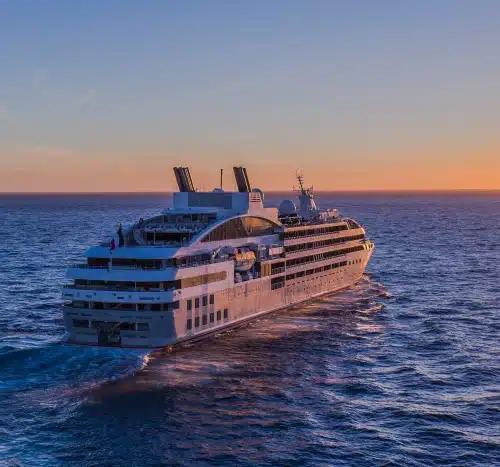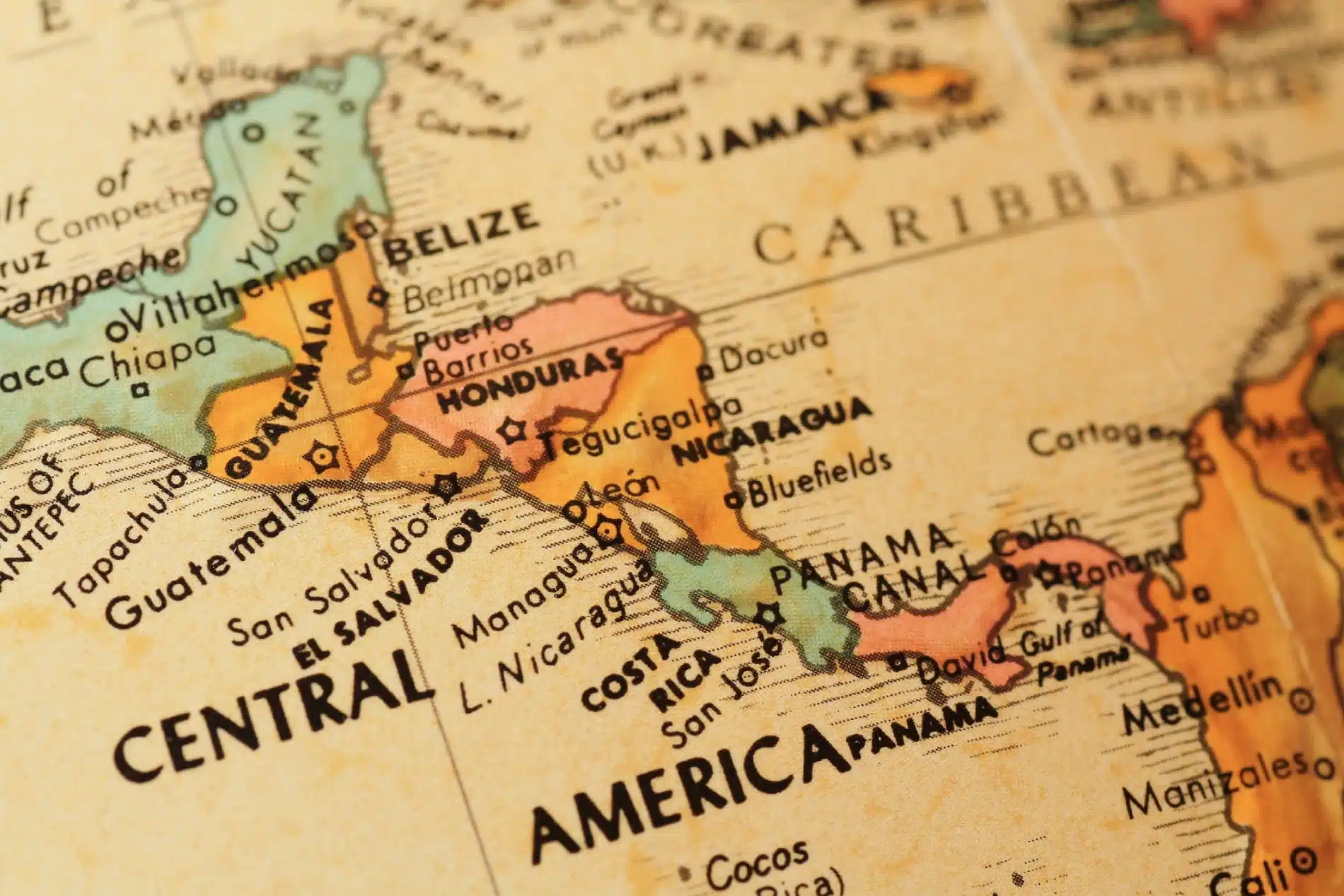Interview with Marion du Bron
The arrival of the Spanish in Central America during the 16th century shook both local traditions and international trade. Let’s take a look back at these major transformations thanks to the insights of Marion du Bron, Doctor of History and Civilisation.
Can you describe the context in which the Spaniards arrived in Central America?
The Mesoamerican space covered a large part of what is now Mexico, Guatemala, Belize and Honduras. It is immediately recognisable by its ancient cities, covered with ‘pyramids’. On this land, ancient civilisations and cultures have shared, at least since the middle of the 2nd millennium BC, the same way of representing and living in the world; including their legends, ways of counting time, city planning, food, materials and craft traditions.
What was the purpose of the explorers?
The Catholic monarchy was invested in forging a trade route to the Indies, meaning to Asia through the west. Spanish and Portuguese explorers such as Vasco De Gama, Christopher Columbus and Ferdinand Magellan perfected their knowledge of the continent and opened trade routes to Asia with the Philippines in their sights. Thanks to the conquest of the archipelago in 1521, the Catholic monarchy finally had a commercial base in Asia, with a Manila-Acapulco link. Both continents would thus enjoy a range of new products. Spices, silks, Chinese porcelain and precious woods came in from Asia. They were exchanged for silver from Central American mines.
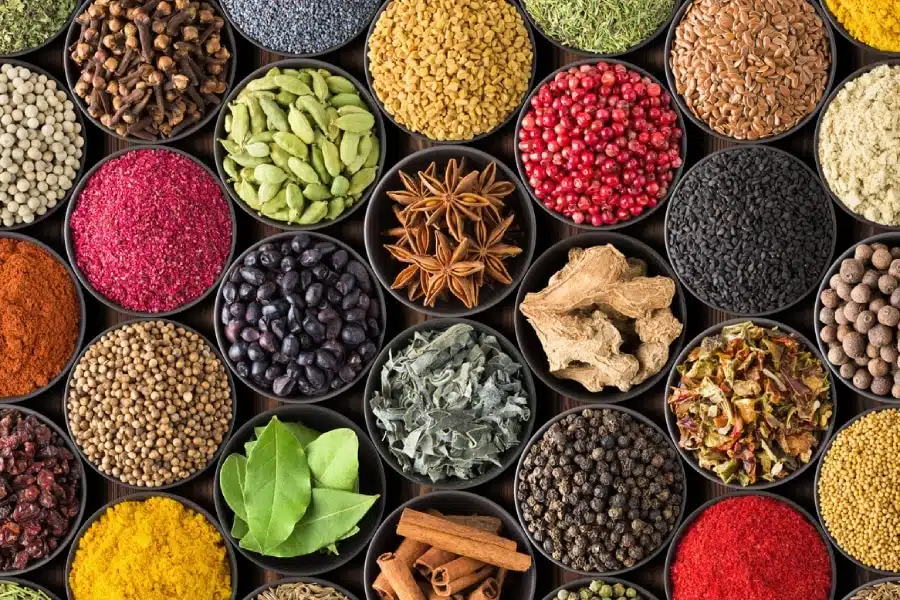
How does this encounter between the West and the New World translate into art?
The sacred and decorative arts of New Spain are found in the Hispanic lineage, which is itself full of Arab-Muslim influences acquired in the Middle Ages and of Flemish and Italian influences from the Renaissance. All while featuring Hispano-Moorish and Hispano-Flemish influences, the artists of New Spain innovated and produced versatile interpretations of ‘original models’, mixing them with local traditions, eastern influences, and, to a lesser extent, African influences. Thus, the novohispana art movement is testament to a profound mixing of cultures.
What are the techniques representative of this baroque movement?
The estofado technique is very widespread. These painted wooden sculptures are enhanced with gold or silver colours and can be found around altarpieces. They are very expressive allowing them to convey strong emotions, modelled after the images of San Jose, Jesus Christ, the Virgin Mary and even Mary Magdalene.
But there’s also significant demand for easily transportable icons, both for household altars and for the many celebrations that take place in the most remote locations. To make them as light as possible, Native Indian materials such as corn stover mixtures are used.
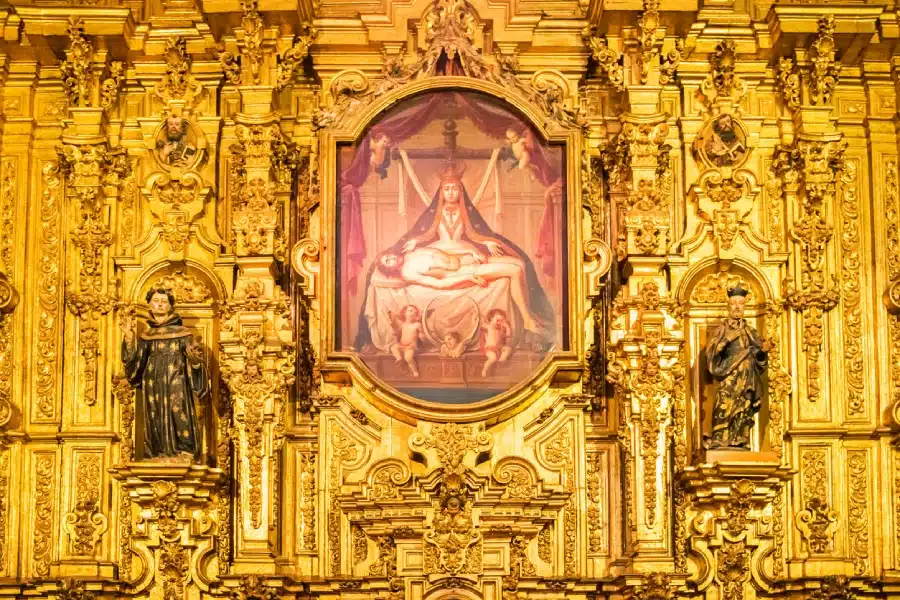
Was western influence the only one found in Mesoamerica at that time?
With the area opening up to Asia, new objects appeared such as the biombo, a Japanese folding screen that was very popular among the nobles of the viceroyalty. Floral motifs and golden clouds give away the Chinese and Japanese influences, which are mixed with clearly Creole (local) themes. Above all, artists in New Spain explored a range of techniques: western oil, eastern mother-of-pearl inlays and pre-Columbian maque, the Mesoamerican decorative painting technique that relies on chia oil.
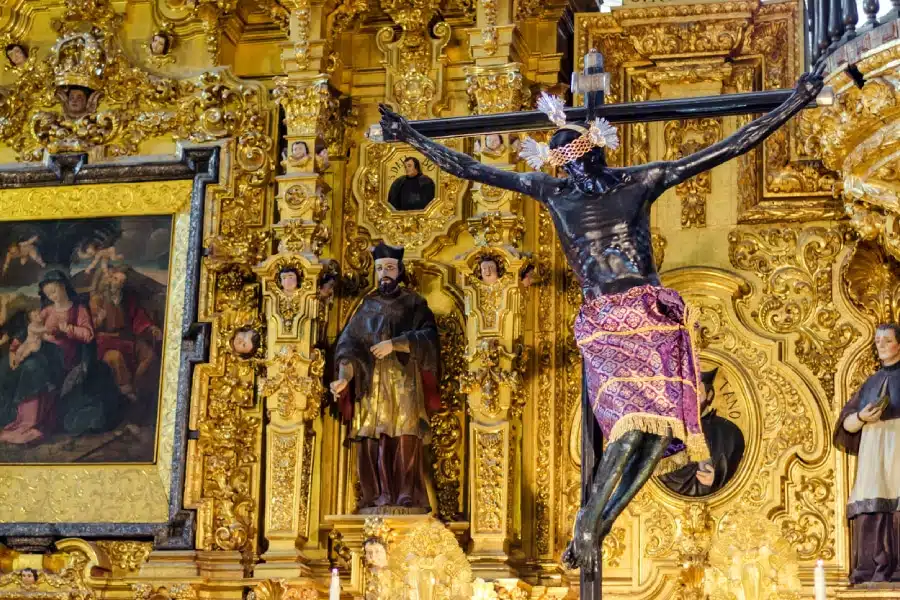
To go further
Crédits photos : © Istock
